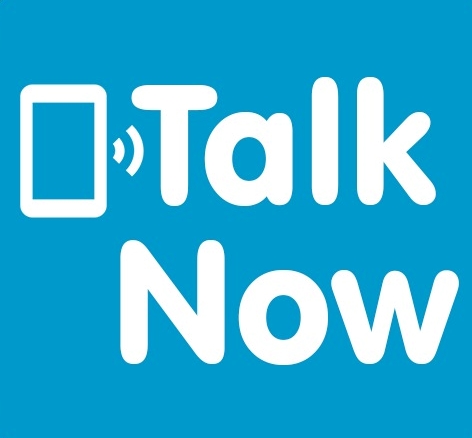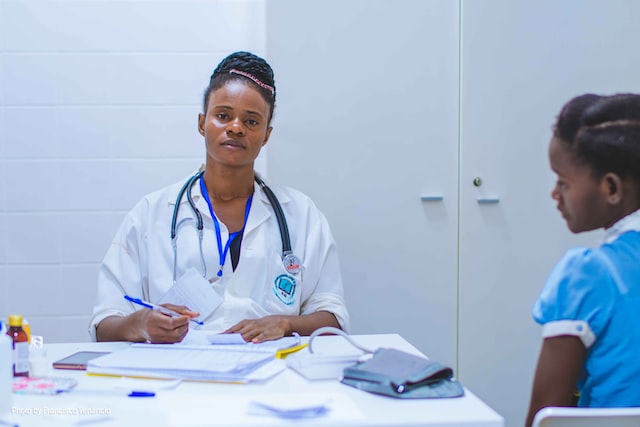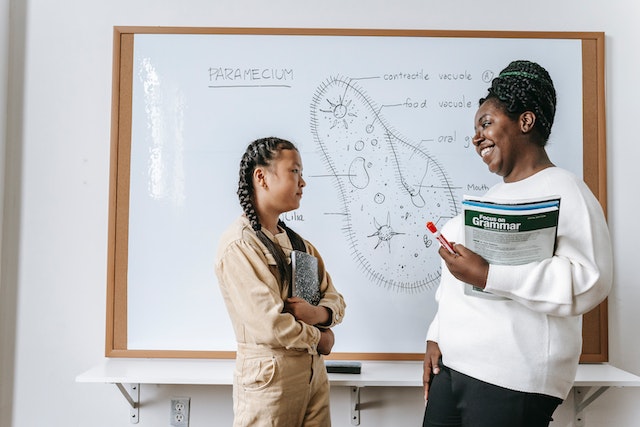MEANING
Another name for the Present Continuous Tense is Present progressive Tense. Based on the structure and the used, the Present Simple Tense and the Present Continuous Tense differ from each other.
STRUCTURE OF PRESENT CONTINUOUS TENSE
Subject along with the auxiliary ‘be’ with and addition of the main verb.
Present Simple = Auxiliary (be) will be combine to am, is, are.
Present participle = Main verb is not variable.
Negative Sentence = ‘not’ is added between auxiliary and main verb
Question sentence = exchanging subject and auxiliary verb.
EXAMPLES
| SUBJECT | AUXILIARY VERB | PRIMARY VERB | |||
| For positive sentence | I | am | hearing | her. | |
| You | are | learning | This concept. | ||
| For negative sentence | She | is | not | reading | The book. |
| We | are | not | driving | safe. | |
| For question sentence | Is | he | playing | Football again? | |
| Are | they | working | For Matt? |
We also make use of the Present Tense to speak about the action that happens at the current time and the action which will happen in the future.
Let us look at the examples of the Present continuous Tense for the action happening at the current time.
- I am reading a book.
With the given example, the message tells you that ‘I am reading a book at the current time, which means I am reading a book right now. The action is happening now and not in the future or in the past.
Let us now look at the Present Continuous Tense for the action which will happen in the future:
- I am living with my friend until I find a new apartment.
The message in this example says that I am currently living with my friend till I find a new apartment or it can be said in a way like, Until I find a new apartment, I will stay with my friend.
We can also use the Present Continuous Tense to speak about the future. Remember that, in order to speak about the future, it will be needed to add words that speak about the future. For example: words like tomorrow, next year, in March, next week, etc.
Let us understand with an example of a statement:
- I am joining the job next week.
This example tells us that there is a firm plan (job) that exists now but the action for the same (joining the job) will be taken in the next week.
We can make the Present Continuous Tense with the addition of ‘-ing’ to the primary verb. Usually, it is simple, but we might need to alter the word a bit.
For example:
- Play – Playing
- Read – Reading
- Work – Working
- Assist – Assisting
- See – Seeing
- Learn – Learning















